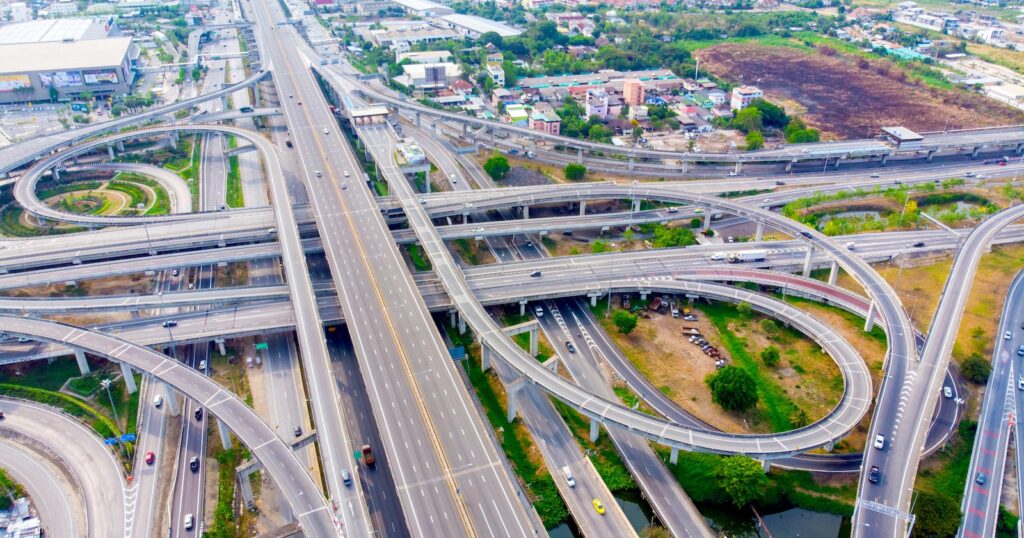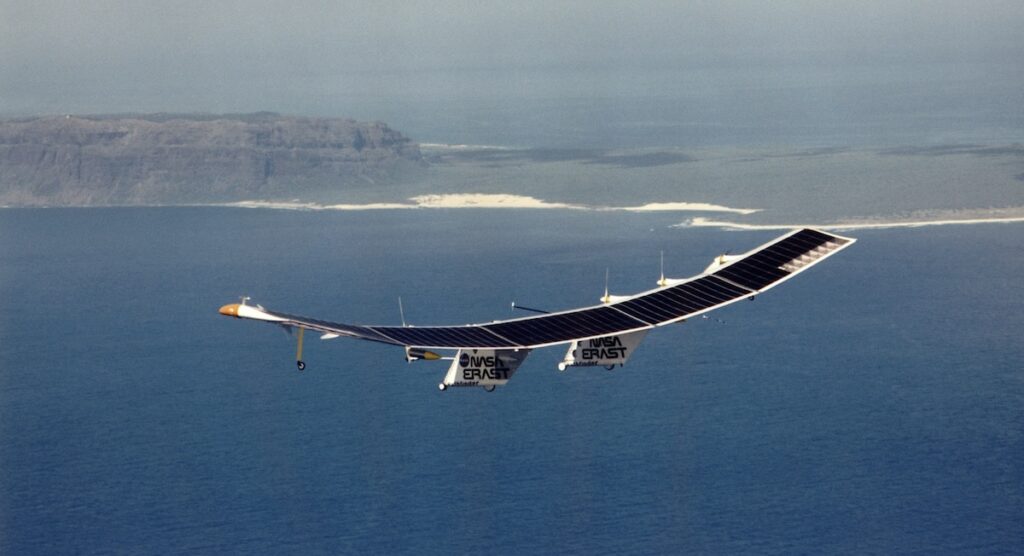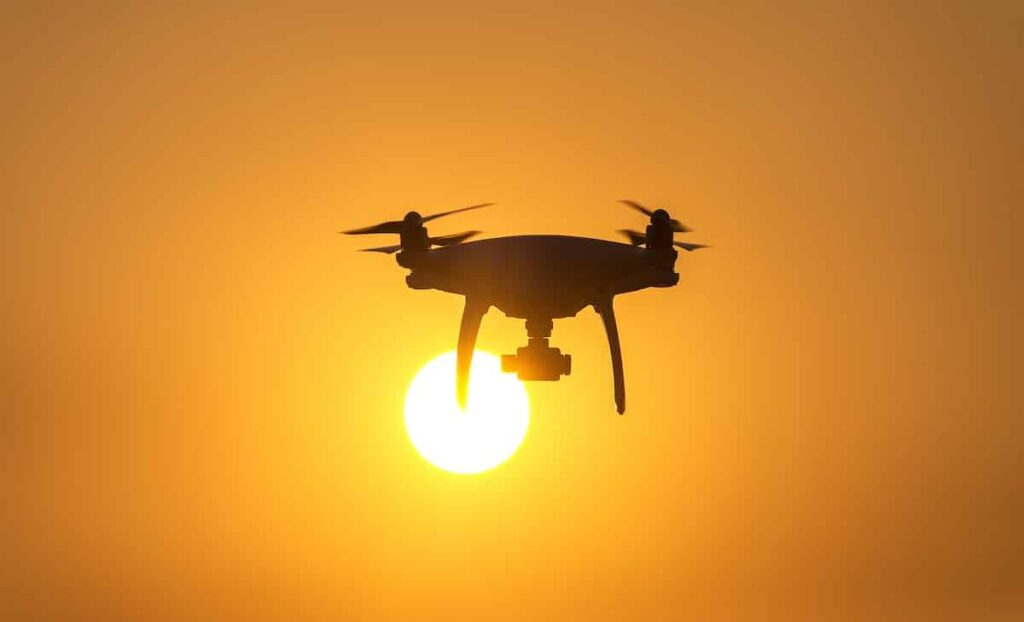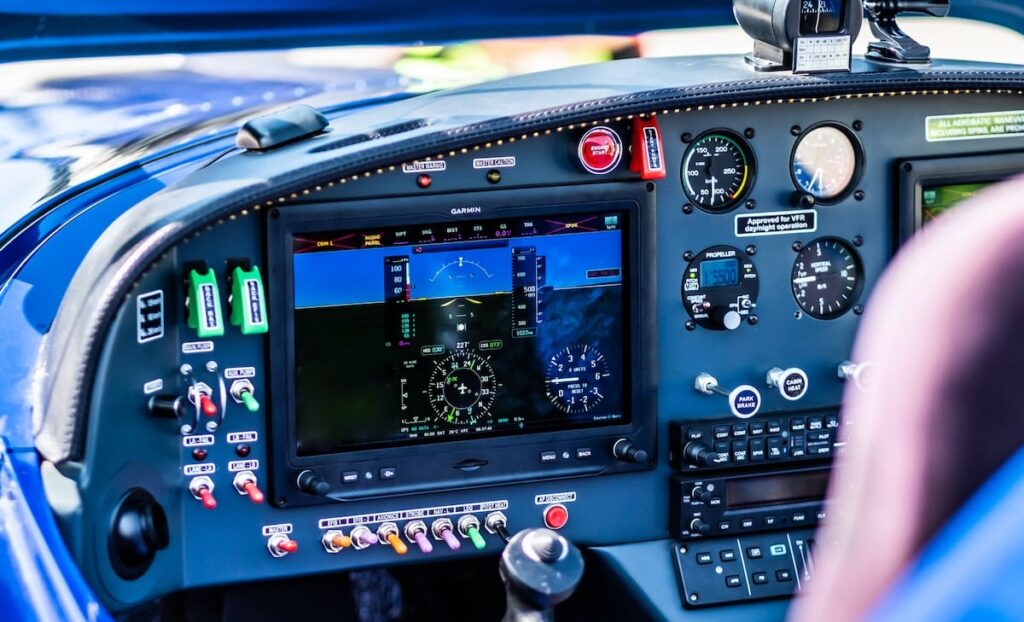The Future of Technology in Aircraft Safety

Technology is critical in ensuring and enhancing safety within the aviation industry, from advancements in aircraft maintenance to the emergence of electric aircraft for safe and sustainable flights.
What Affects the Range of a Drone?

Drones have revolutionized multiple industries from aerial photography to surveillance and delivery services. The range of a drone, or how far it can fly, is a crucial factor in determining its capabilities and applications.
Understanding the Future of Electric Mobility

With continued research and development, battery technology is expected to improve electric mobility in several key areas, including energy density, charging speed, and cost-effectiveness.
The Future of Hybrid Electric Aircraft

There is growing interest in the potential of hybrid electric aircraft (HEA) to reduce the environmental impact of air travel, especially as businesses and consumers see the successes of electric vehicles.
Guide to Electric Vertical Take-off and Landing (eVTOL) Aircraft

Electric vertical take-off and landing (eVTOL) aircraft take off vertically like a helicopter, powered by electric motors instead of conventional combustion engines. Propellers or rotors ensure they can take off vertically, hover in place, and fly horizontally.
The Future of Commercial Electric Planes

Planes, conventionally, have an enormous environmental impact. Electric planes have great potential to help cut down on the environmental cost by creating fewer emissions.
The Future of Aviation: Sustainable Fuel vs Energy-Dense Batteries

Energy dense batteries and sustainable aviation fuels (SAFs) are two key ways the aviation industry can move toward reduced emissions. Continue exploring the future of aviation.
All About High-Altitude Pseudo Satellites (HAPS)

HAPS operate in the stratosphere, closer to Earth than many satellites but further up than drones and conventional aircraft. They offer continuous coverage and flexibility.
The Future of Battery Technology

The more energy density a battery is, the longer it can remain active, emitting a charge, in relation to its size. These batteries offer high voltage, low maintenance requirements, and no ‘memory effect.’ The more battery technology improves, the greater the benefits to industry and consumers alike.
Applying Technology Readiness Levels to Advanced Battery Development

A technology readiness framework ensures that everyone involved in battery research and development knows what is happening at each stage.